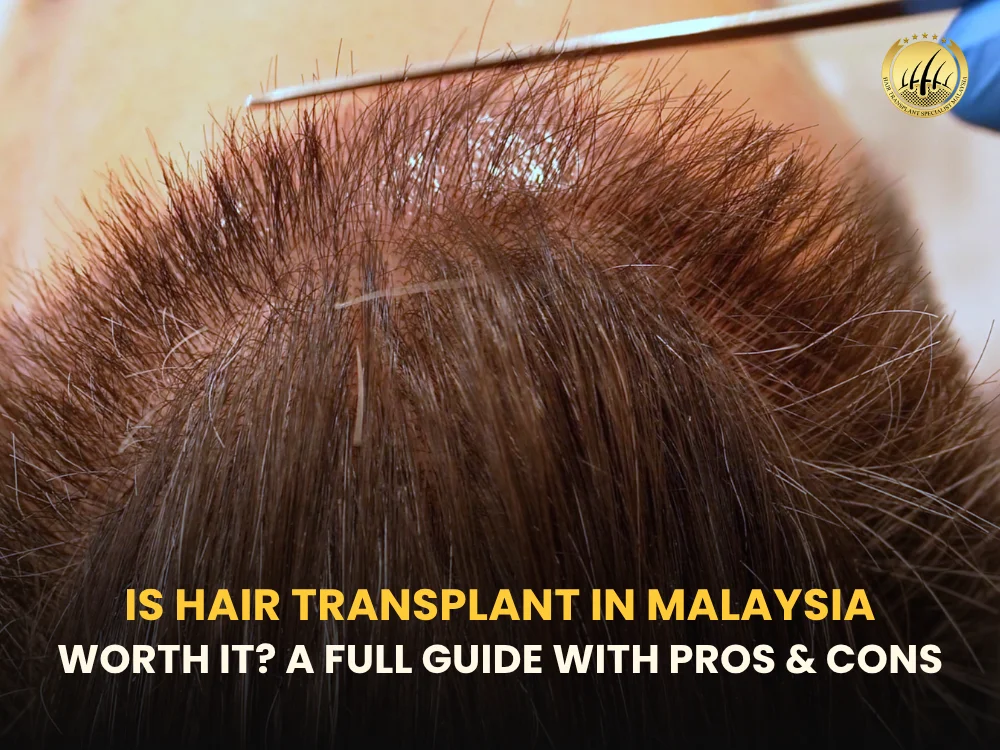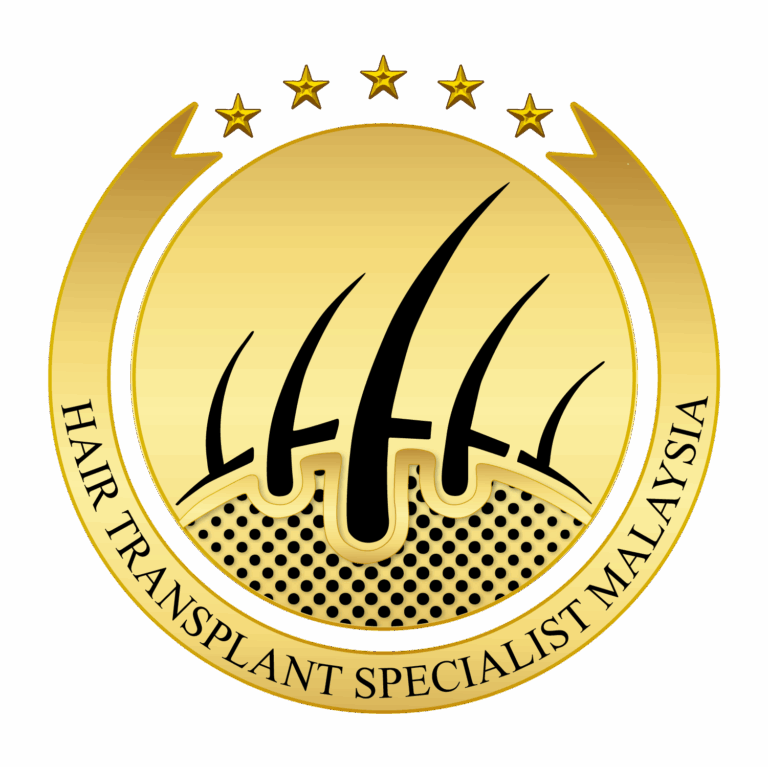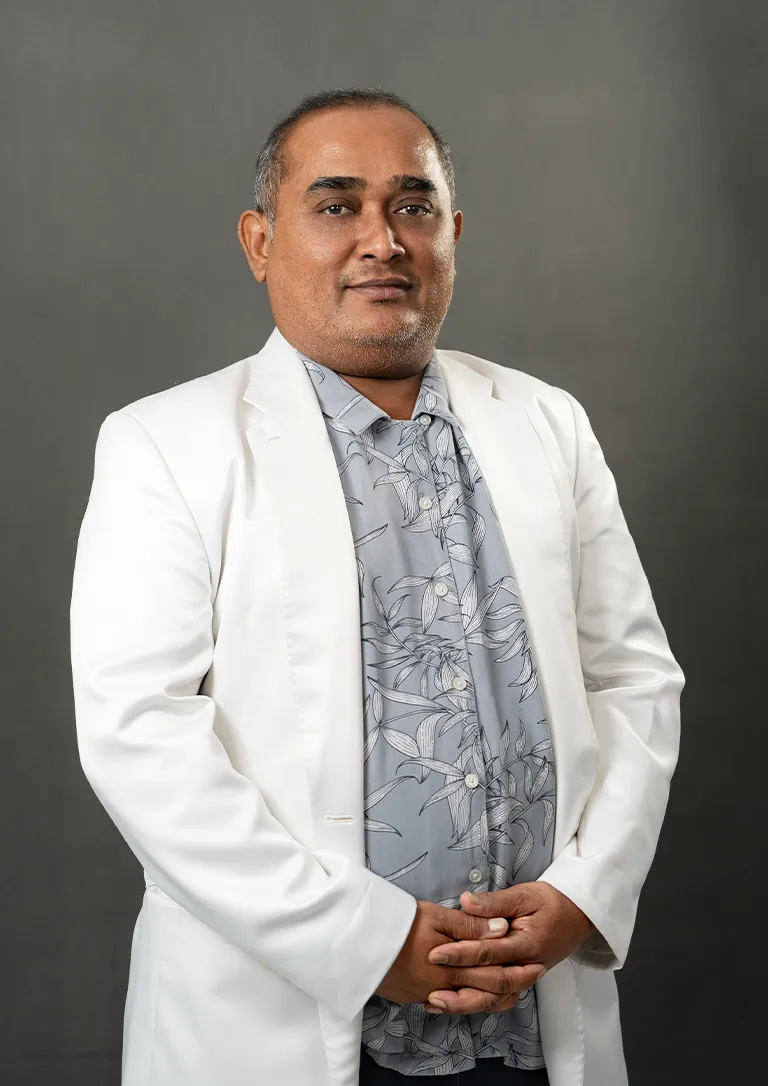If you’re browsing the idea of a Hair Transplant in Malaysia, you’re in the right place. Whether you’re dealing with thinning hair, male-pattern baldness or simply want to restore confidence with a fuller hairline, this article gives you the full picture: why Malaysia might make sense, what to watch out for, the pros and cons, and whether it’s ultimately worth the investment.
Hair Transplant in Malaysia: What You Need to Know
Starting with the core term: Hair Transplant in Malaysia. The country has become a popular destination for hair restoration surgery, thanks to a combination of skilled surgeons, modern clinics and competitive pricing. According to multiple sources, hair transplant in Malaysia costs vary widely depending on method, number of grafts, clinic reputation and location.
For example, one clinic lists FUE hair transplant costs between RM 7,500 to RM 15,000 (or higher) in Malaysia.
Another breakdown puts cost per graft from RM 6-12 for FUE, or RM 5-10 for FUT, with 1,000 grafts at RM 8,000–15,000 and 2,000 grafts RM 15,000–25,000.
Why Malaysia is Considered
- Malaysia offers high standards of healthcare and attracts medical tourism for hair restoration.
- English-speaking clinics, experienced surgeons, and modern equipment make it viable for both local and international patients.
- The relative cost is generally lower than many Western countries, making it an attractive option.
What’s the Procedure Like
In Malaysia, common methods include:
- FUE (Follicular Unit Extraction) – extracting individual follicles and implanting them.
- FUT (Follicular Unit Transplantation) – a strip method, less commonly favoured now because of scar risk.
- Sometimes DHI (Direct Hair Implantation) or robotic-assisted methods may be offered depending on clinic.
You’ll go through a consultation, donor area harvesting, implantation, and follow-up. Recovery varies, but many patients can resume regular activities within a few days to a week (though full results take months).

The Benefits (Pros) of a Hair Transplant in Malaysia
Here are compelling reasons why it may be worth it.
Permanent Results (for the transplanted hair)
When done properly, hair transplanted from donor zones (typically areas resistant to hair loss) grows like your natural hair and can be long-lasting. This gives a more permanent solution compared to topical treatments or wigs.
Cost-Effectiveness Compared to Many Countries
While not ultra-cheap, Malaysia offers relatively good value. For many people, the pricing (e.g., RM 8,000–15,000 for 1,000 grafts) is more affordable than similar quality surgery in the U.S. or Western Europe.
Access to Skilled Surgeons & Modern Clinics
You’ll find clinics in Malaysia with certifications, good reputations and up-to-date hair restoration technologies. For example, clinics mention surgeons with over 25 years’ experience in hair restoration.
Boosted Confidence & Quality of Life
Beyond the medical result, many patients say the psychological benefit – feeling more confident, less self-conscious – makes the investment worthwhile. Clinics highlight improved appearance and self-esteem as key benefits.
Medical Tourism Suitability
If you’re from nearby countries (or even further), Malaysia is accessible, has good hospitality infrastructure, and can combine treatment with stay. This makes it convenient for international patients.
The Drawbacks (Cons) of a Hair Transplant in Malaysia
However – and it’s important to be realistic – there are caveats.
Variable Costs and Hidden Expenses
Whilst advertised costs may seem low, factors like number of grafts, technique, surgeon skill, post-op care, hotel stay (if coming from abroad) can raise the true cost. Some clinics list price ranges up to RM 30,000+ for extensive cases.
Quality Varies Between Clinics
Not all clinics are equal. Some might use less-experienced surgeons or technicians, or less advanced equipment. The success and natural look of the transplant can depend heavily on the surgeon’s expertise. As one article warns: “the cheapest option isn’t always the best one”.
Hair Loss May Continue Elsewhere
Even if you transplant grafts to thinning areas, your existing non-treated hair may continue to thin over time (especially with male-pattern baldness). This means you may need further sessions down the line to maintain the look.
Recovery & Post-Op Care Requirements
While many patients recover quickly, you still need to follow specific post-op instructions: avoid strenuous exercise, sun exposure, certain hair-care habits. Failure to do so may compromise results. Also early shedding (shock loss) can be alarming though normal.
Travel & After-care for International Patients
If you’re travelling to Malaysia for the procedure, you’ll need to factor in flights, accommodation, possible companion, and return visits for follow-up. Support after you go home may be limited.
How to Make It Worth It: Key Tips for a Successful Hair Transplant in Malaysia
To maximise chances of great results, follow these guidance points.
Choose Certified Surgeons & Clinics
Look for surgeons certified by relevant hair restoration bodies (e.g., American Board of Hair Restoration Surgery (ABHRS), International Society of Hair Restoration Surgery (ISHRS)). Clinics that publicise these credentials signal higher trust. As one Malaysian clinic states, they have surgeons with over 25 years’ experience and ABHRS certification.
Understand the Number of Grafts & Technique
Ask how many grafts you need, what method will be used (FUE, FUT, DHI) and how many hairs per graft. These influence cost and outcome. For example, cost per graft in Malaysia can range from RM 4 to RM 12 depending on the technique and clinic.
Ask for Before & After Photos, Reviews
See prior work from the surgeon, read patient reviews, look for natural hairlines (not pluggy look), minimal scarring and consistent growth.
Be Realistic About Results
It takes months to see final growth (typically 9-12 months or more). Transplanted hair behaves like your natural hair but you may still experience thinning in untreated areas.
Follow After-Care Instructions
You’ll likely be given medications, advised to sleep a certain way, avoid heavy exercise for a time, protect from sun, gentle hair washing, etc. Adhering to after-care improves success.
Budget for Possible Future Sessions
If you have extensive hair loss, you may need more than one session or future touch-ups to maintain density.
Is Hair Transplant in Malaysia Worth It? My Verdict
Putting it all together: yes – a hair transplant in Malaysia can be worth it if you choose wisely and go in with realistic expectations. The value comes from the combination of competent surgeons, modern clinics and a relatively competitive cost structure in Malaysia. However, the risk of a poor outcome or hidden cost makes it essential to do your homework.
If you’re someone with good donor hair, realistic expectations, willing to follow after-care and choose a high-quality clinic with certified surgeons, then you may find the investment very worthwhile – both visually and emotionally. On the flip side, if you shop solely by price, pick less-experienced providers or ignore after-care, you may end up with disappointing results or needing more procedures.
In short: don’t ask “is hair transplant in Malaysia worth it?” without asking also “am I choosing the right clinic, surgeon and approach?” When those boxes are checked, odds of a positive outcome improve significantly.
Frequently Asked Questions
1. What is the average cost of a hair transplant in Malaysia?
Costs vary widely: some clinics list FUE sessions from around RM 7,500–15,000 or more depending on graft count and technique.
2. How many grafts do I need for good coverage?
It depends on the size of the thinning or bald area. Some sources say 1,000 grafts might be RM 8,000–15,000, while 2,000 grafts could be RM 15,000–25,000.
3. Is the hair transplant in Malaysia permanent?
Yes, the transplanted hair follicles come from donor zones resistant to hair loss and generally grow for a lifetime, though your untreated hair may still continue to thin.
4. How long until I see results?
Initial shedding is common in the first few weeks. New growth typically begins at 3-4 months, with most visible results around 9-12 months later.
5. Are there risks involved?
Yes. Risks include infection, scarring (especially with FUT), shock loss, poor graft survival, and sub-optimal aesthetic results. Choosing a qualified surgeon reduces these risks.
6. How do I choose a trustworthy clinic in Malaysia?
Look for board-certified surgeons (ABHRS, ISHRS), check clinic reputation and reviews, request before/after photo portfolios, verify that the actual surgeon (not just technicians) will perform the procedure.
7. Is travel or medical tourism viable for this procedure?
Yes, Malaysia is medical-tourism friendly and has many clinics catering to international patients. But travel adds costs, and after-care follow-up might be harder once you return home.
8. Will I need more than one session?
Possibly. If your hair loss is extensive, you may require more grafts later or a second session to achieve or maintain density. Planning should cover this possibility.
9. Does the transplant hurt?
Most clinics report minimal pain thanks to local anaesthesia. You may feel some pressure or soreness afterward, but recovery is typically manageable.
10. What happens if my natural hair keeps thinning after the transplant?
Transplanted hair remains stable, but if your non-transplanted hair continues to thin, you may need additional treatments to maintain overall appearance. This is something to discuss upfront with the surgeon.
Conclusion
If you’re seriously considering a hair transplant in Malaysia, why not book a consultation with a top-tier clinic in Malaysia where surgeons are ABHRS & ISHRS certified and have over 25 years of expertise in hair restoration? Let them assess your donor area, map a realistic plan, and guide you on cost, technique and expected outcome. Don’t rush – invest in quality rather than just chasing lower cost.

